At 5pm in central Warsaw, traffic came to a halt and pedestrians stopped for a minute's silence to remember insurgents and civilians who died in an uprising to liberate their city 80 years ago.
Sirens sounded, drivers beeped their car horns and red flares were lit to mark the exact time on 1 August 1944, when thousands of Polish insurgents launched the Warsaw Uprising against Nazi German forces.
The battle between the Polish Home Army and German units would last 63 days.
By the time the Poles surrendered on 2 October, between 150,000 and 200,000 of Warsaw's inhabitants had died, including tens of thousands summarily executed by SS units. About 18,000 Polish insurgents were killed while combat losses on the German side numbered about 16,000.
Eighty years on, the event still shapes the collective memory and architecture of the Polish capital.
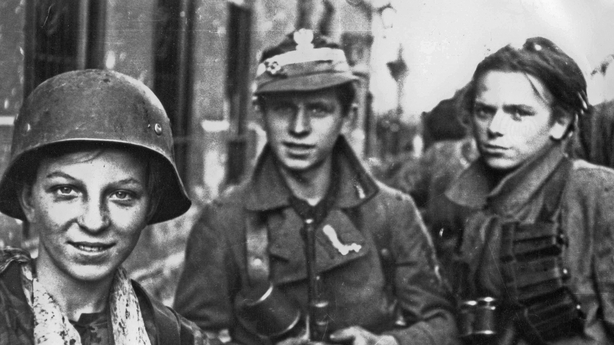
This year's anniversary may also be the last big commemoration to involve surviving veterans. About 100 veterans, now in their late 80s and 90s, attended a commemorative event yesterday evening in Warsaw.
"The Warsaw Uprising is the central pillar of political history for successive Polish governments," Adam Leszczyński, a Polish historian and sociologist, said.
In the early 2000s, he said, a group of right-wing conservative intellectuals redefined the uprising as "the foundation of a new Polish patriotism", largely based on the idea of a "heroic sacrifice".
The decision to launch the uprising, taken by the Polish government-in-exile in London, had been a gamble. It relied on two key assumptions: that fighting would last little more than a week and that the Soviet army would cross the Vistula river soon after. Neither came to pass.
Time was of the essence and the exiled leaders in London wanted a Polish army to liberate their capital in the name of an independent Poland, before the advancing Soviets could capture it and install a puppet Communist regime (The cruel reality is that this scenario awaited post-war Poland).
About 45,000 Polish insurgents, mostly young and poorly armed, managed to capture a number of the city's districts in the initial days of the uprising, but not key railway stations.
In response, Hitler and Himmler ordered the total destruction of the city.
In one district, Wola (roughly the size of Dublin's Drumcondra), SS units murdered an estimated 40,000 civilians over three days between 5 and 7 August.
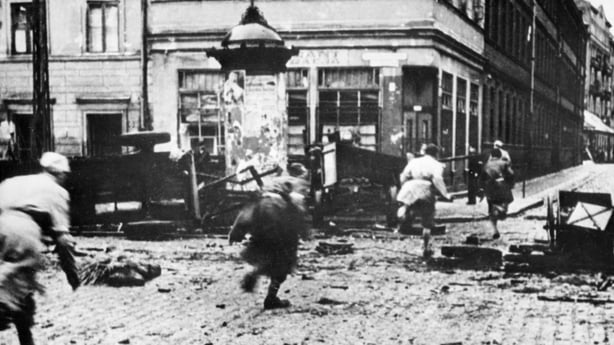
Reinforced by thousands of troops, tanks, and the Luftwaffe bombing from the sky, German forces pulverised districts held by the insurgents, while the civilian population, now short of food, tried to shelter in basements.
Barricades divided territory held by Polish and German forces, and Warsaw turned into a death zone of ferocious street-by-street and house-to-house fighting.
Tragically, the Red Army remained on the east bank of the Vistula and did not come to the aid of the Poles.
The Soviets also declined requests from the Allies to use airfields in Soviet-occupied eastern Poland so that their aircraft could refuel on missions to the besieged city.
Instead, allied air forces launched a series of dangerous long distance weapons and food drops to the city from the nearest allied airbases in Italy. Many of the aircrews lost their lives.
By the end of the uprising, 85% of Warsaw, previously known as the 'Paris of the East' for its beautifully ornate architecture, was destroyed. For weeks afterwards, German engineering units had systemically detonated buildings that had not been destroyed during the fighting.
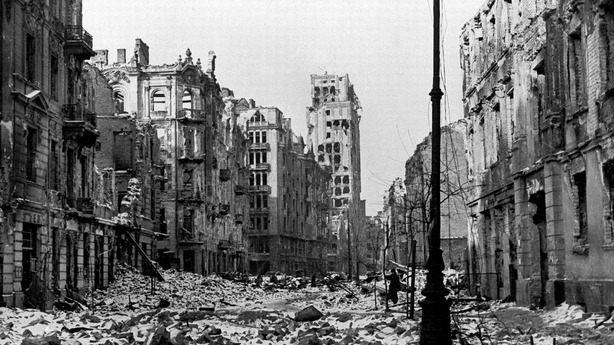
In addition, a large central district had already been destroyed by Nazi German forces the previous year during the Warsaw Ghetto Uprising, a brave rebellion by Jewish fighters to resist the Nazi's liquidation of the city's Jewish ghetto.
"From a political and humanitarian point of view, the uprising was a catastrophe. It was lost," said Mr Leszczyński, who is the director of Poland's Institute of Political Thought.
In the immediate years after the war, Poland's new Communist authorities rebuilt many districts in the brutalist style of Soviet architecture.
Today, large blocks of concrete flats occupy the city centre, though some of Warsaw's pre-war gems - those that were somehow salvaged - can still be seen.
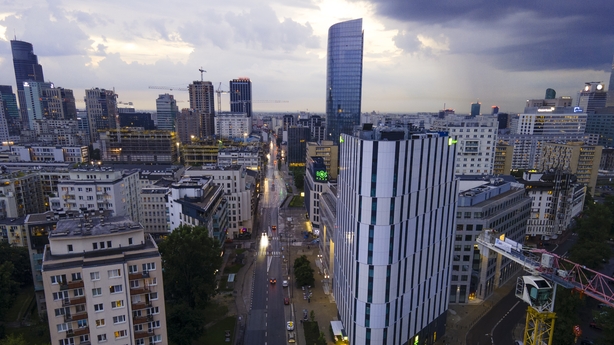
The city's Old Town was painstakingly rebuilt in the decades after the war to match its original 17th and 18th century buildings.
But largely, Warsaw is now a mish-mash of architectural styles. It is possible to see a renovated pre-war building on the same street as 1960s brutalist architecture and glass-fronted buildings from the 1990s.
Wola, where the worst massacres of civilians took place during the uprising, has been transformed by developers over the past decade into a modern financial district of imposing skyscrapers, modernist apartments and fashionable bars and cafes.
The same district is home to the Warsaw Uprising Museum, which tells the story of the uprising.
And while stories about insurgents took centre stage during the first big commemorations of the uprising after the fall of communism, the experiences of the city's civilian population during the 63-day battle have received increased attention in recent years.
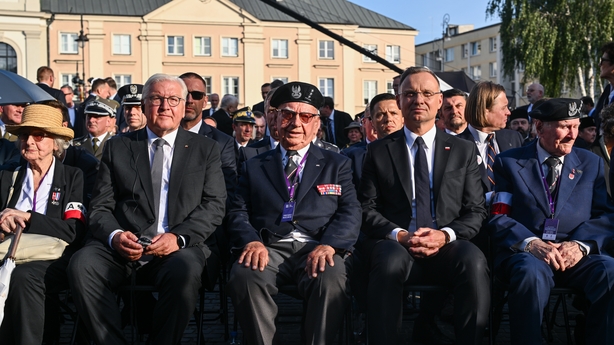
Warsaw Uprising veterans at a ceremony yesterday in Warsaw
"The Warsaw insurgents were like Luke Skywalker and his comrades. They lost, but that's what touches the heart," the museum's director Jan Ołdakowski said in an interview published yesterday by Polish newspaper, Gazeta Wyborcza.
German President Frank-Walter Steinmeier attended commemorative events in Warsaw yesterday evening alongside Polish President Andrzej Duda, a symbol of reconciliation between two countries that are now allies and close economic partners.







